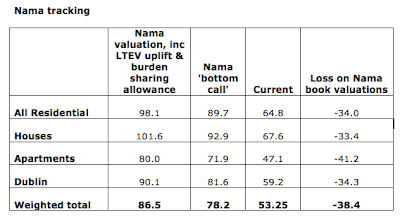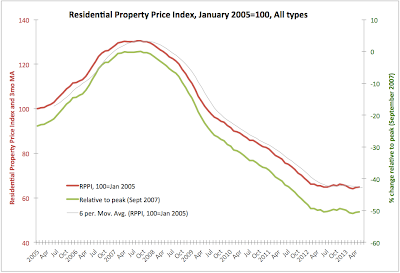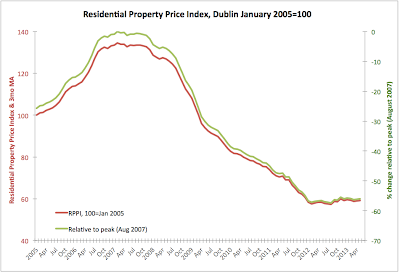After much hoopla about the need to do something about youth unemployment, the EU leaders have managed to produce a strategy to do something about youth unemployment. As strategies go, this one is about as likely to deliver on the objectives (which remain undefined in any real tangible sense) as all other EU strategies. But, the good news is, the EU has managed to agree the strategy with the social partners.
So here;s the link to the EU's "comprehensive approach to combat youth unemployment": http://consilium.europa.eu/uedocs/cms_data/docs/pressdata/en/ec/137634.pdf.
The promise is to "speed up implementation of the “Youth Employment Initiative”, which should be fully operational by January 2014, and concentrate spending in its first two years". Now, wait a second, the EU already has a strategy to combat youth unemployment? Yes, it does. And the new over-hyped 'initiative' is to… speed up the old overhyped initiative that worked marvellously so far. Yes, it is.
And there is more: the EU "will also speed up implementation of the “Youth Guarantee”, which is designed to get young people who are not in education, employment or training back to work or into education or training within four months". So again, speeding up the past well-working initiatives is apparently makes for a new initiative, which, of course, will be even better working.
"In addition, unspent funds from the EU budget will be reallocated to support employment, especially for youth, as well as innovation and research. This is made possible by the flexibility of the EU budget, or Multi-annual Financial Framework, for the next seven years." What that? Ah, that will be EUR6 billion that the EU now plans to spend over 2 years to… yes… right… combat youth unemployment.
Perspective: in May 2013, 5.525 million young persons (under 25) were unemployed in the EU27, of whom 3.555 million were in the euro area. So that works out at EUR543 per unemployed youth. Overwhelmingly bold move by Europe, then, to combat the crisis…
Perspective: 26.522 million men and women in the EU27, of whom 19.340 million were in the euro area, were unemployed in May 2013. The other urgent crisis the EU faces, the banking crisis, has cost so far some EUR740bn (http://trueeconomics.blogspot.ie/2013/04/2342013-updating-cost-of-banking-crisis.html) and that runs at around EUR27,901 per each unemployed (not just youth unemployed) in EU27. Let us assume that these net liabilities are at least partially recoverable (you know, those AIB shares are worth something, and the bad loans in bad banks are not all completely and totally bad), so let's say the figure is more like EUR13,900 per unemployed.
Perspectives 1 & 2 imply the relative urgency in the EU strategic responses to the crises as follows (higher number = higher priority): Banks : Unemployed at 12:1.
With that in mind, recall that the "European Council also agreed on measures to promote cross-border mobility, including for vocational training. The “Your First EURES Job” programme will be strengthened and the “Erasmus +” programme should be fully operational from January 2014. High-quality apprenticeships will be promoted via the European Alliance for Apprenticeships to be launched in July." Sounds good? Of course it does, because one might think the programme is going to result in inefficient apprenticeships systems in countries like Portugal or Ireland becoming Swedish-styled or Austrian-styled super-efficient? Not really. This is more about Apprenticeship Programmes Administrators talking to their colleagues at more junkets. So chop down that EUR543 per young unemployed dish-out by few bob to cover the cost of 'cross-border mobility' of junkets.
But do read the document the EU produced, as linked above. it contains real pearls, like the following:
Paragraph 1.1: "All efforts must be mobilised around the shared objective of getting young people who are not in education, employment or training back to work or into education or training within four months, as set out in the Council's recommendation on the "Youth Guarantee". Building on the Commission's communication on youth employment, determined and immediate action is required at both national and EU level."
So basically - no idea what to do here. The Eu leaders admit as much by offering not a single programme solution, but stressing instead that something (anything? whatever?) must be done and that solutions must be 'determined and action is required'.
Overwhelmed yet?

























